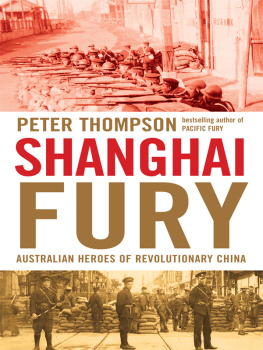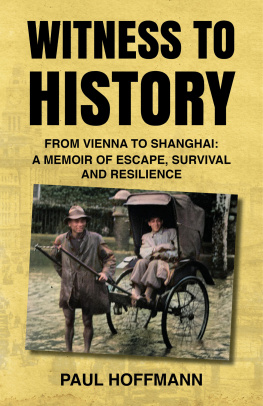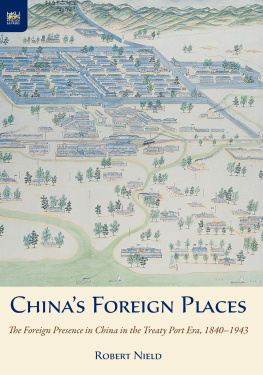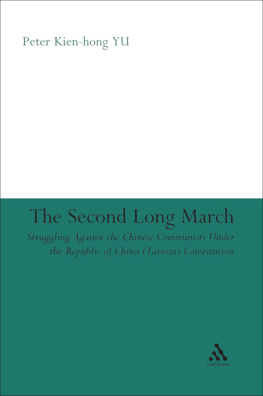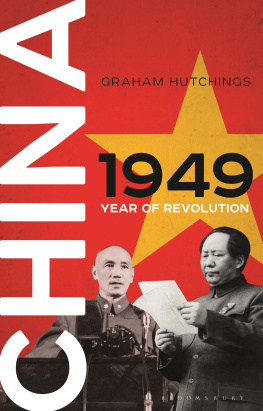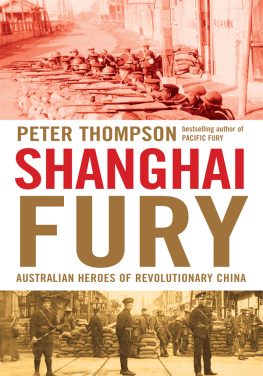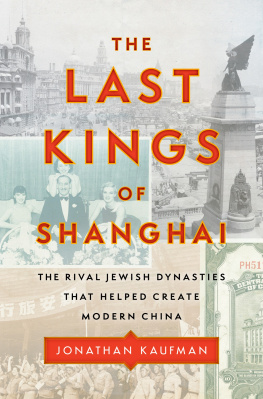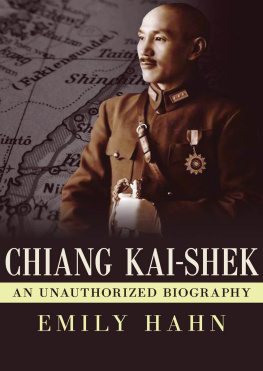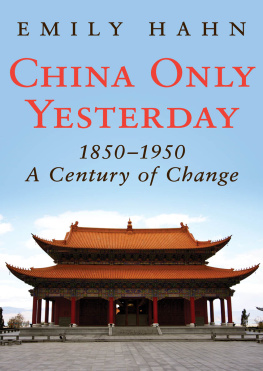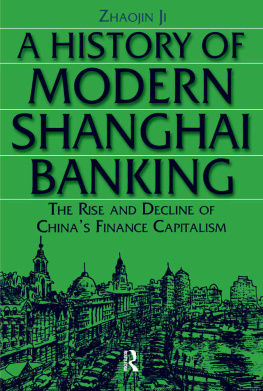About the Book
The Ching Dynasty had been swept away and Chinas great republican vision had become a reality. It was a unique situation: two Australians, George Ernest Morrison and William Henry Donald, had helped to topple a 2000-year-old empire and replace it with what would become the worlds biggest and most diverse republic.
Shanghai Fury, published for the 100th anniversary of the 1911 Chinese Revolution, places Australian voices and Australian characters at the heart of Chinas modern history.
No previous volume has covered the thrilling experiences of the many remarkable Australians caught up in the drama. George Morrison orchestrated the abdication of the Last Emperor, and therefore the end of the Ching Dynasty, while the Lithgow-born William Donald wrote the political manifesto of the first President of the Chinese Republic, Sun Yat-sen. And no group of Australians was closer to the crucible of revolution than the AustralianChinese family of the Sydney-born revolutionary Tse Tsan Tai.
Spanning the century between the Treaty of Nanking in 1842 and the declaration of the Peoples Republic of China in 1949, Shanghai Fury: Australian Heroes of Revolutionary China provides a panoramic view of the revolution from its turbulent origins in the Taiping Rebellion against the Manchu Dynasty to its violent aftermath in the monumental battles between Chiang Kai-shek (Jiang Jieshi), Mao Tse-tung (Mao Zedong) and the Japanese armed forces.
As in the other two books in the Fury Trilogy, Pacific Fury and Anzac Fury, Peter Thompson combines personal memories with combat action to produce a gripping narrative of extraordinary power and depth.
About the Author
Born in Melbourne and educated in Brisbane, Peter Thompson now lives in London after a successful career as a journalist in the UK.
His most recent books are Pacific Fury, Anzac Fury, The Battle for Singapore and, with Robert Macklin, The Big Fella: The Rise and Rise of BHP Billiton, which won the Blake Dawson Prize for Business Literature in 2010.
Shanghai Fury: Australian Heroes of Revolutionary China completes a trilogy on Australians at war. Anzac Fury: The Bloody Battle of Crete 1941 focused on the Second World War in the Mediterranean, while Pacific Fury: How Australia And Her Allies Defeated the Japanese covered the broad sweep of the Pacific War.
This has been made possible only by the generosity of the many people who shared their personal experiences or expert knowledge with me and by Random House Australias recognition that there was a place for such a trilogy in the military canon.
I am enormously grateful to Dorothy Lewis for permitting me to quote from documents in the archive compiled by her husband Winston G. Lewis at the Mitchell Library, Sydney. Professor Lewis, Professor of History at Macquarie University, dedicated 20 years of his life to Project Donald, contacting dozens of people who had known the Australian journalist in China and conducting a most informative correspondence with many of them. Winston Lewis died before he could complete his magnum opus. His painstaking work has proved invaluable in the writing of this book.
Wherever possible, I have combined the personal memories of Shanghai people with combat action. I have also returned to the original sources of many existing works on the revolutionary period and the memoirs and/or biographies of the main participants.
My sources include Alastair Morrison (19152009), second son of Chinese Morrison, who shared his recollections of his father and his own experiences of wartime China with me at his Canberra home; Ivor Bowden, Shanghai-born son of the Australian trade commissioner V. G. Bowden who was murdered by the Japanese in 1942; Greg Leck, who published his comprehensive history of internment, Captives of Empire , in 2006, and internees William Macauley, Freda Howkins, Roy Fernandez Jr and his sister Stephanie Sherwood, all of whom lived in Shanghai during one of the most turbulent periods in its history.
I also consulted documents, private papers, diaries, as well as books and newspapers in the Shanghai Library, the Dazhong newspaper archives (Shanghai), the National Archives (Kew), the British Library (London), the New York Public Library, the Cosmos Club (Washington), the National Archives of Australia (Canberra), the National Library of Australia (Canberra), the Mitchell Library and State Library of New South Wales (Sydney), the State Library of Victoria (Melbourne), the Oxley Library and State Library of Queensland (Brisbane).
I am indebted to Dimity Torbett for her research at the Mitchell Library on the papers of George Ernest Morrison and Eleanor Mary Hinder; to Richard Rigby in Canberra for his guidance on the May Thirtieth movement; to Hugh Lunn for his memories of the Reuters correspondent Graham Jenkins; to Elizabeth Fay Woodfield for information about her great uncle William Charles Woodfield of the Shanghai River Police; and to Robert Macklin, my frequent co-author, for reading the work-in-progress and making many valuable suggestions.
Finally, I would like to express my special thanks to Nikki Christer, my publisher at Random House Australia, for her tremendous support during the writing and publishing of the Fury Trilogy, and to Random House editors Kevin OBrien and Patrick Mangan for their splendid work on these three titles. My agent Andrew Lownie of the Andrew Lownie Literary Agency, London, was closely involved in the development and writing of this body of work.
Shanghai Fury contains many exclusive photographs of Shanghai scenes donated to the author from the private collection of Thomas Jackson Macauley of the Chinese Maritime Customs Service. Ulsterman Macauley collected these photographs during the 1930s and took them into captivity when he was interned in 1941. Following his death, the photographs passed to his son William Macauley who has authorised me to use them for publication in this work.
Regarding style, I have used the spelling of names and places as they were rendered at the time in dialect pronunciations, for example Chiang Kai-shek and Mao Tse-tung, Peking, Tientsin and Canton. The modern pinyin equivalents are contained in the Appendices. Regarding currencies, the dollar sign ($) applies to the Chinese dollar at the time unless otherwise spe- cified, such as US$. There is no difference between British and Australian pounds. I have also taken the liberty at times of using the present tense for example, he says or she recalls when a specific recollection may in fact have taken place years earlier. The sources of all interviews are clearly flagged in the references and notes section. In several instances, I have retained offensive terms such as Jap and Chinaman when they are used in direct quotations from the period.
Peter Thompson
August 2011
Abend, Hallett: New York Times correspondent in Shanghai from 1928 to 1941. He used W. H. Donald as a go-between with the Young Marshal, Chang Hsueh-liang, and Chiang Kai-shek.
Alley, Rewi: New Zealander who worked with Eleanor Hinders factory inspectorate and founder of the Gung Ho industrial co-operative scheme.
Anderson, Dame Adelaide: Melbourne-born member of the Shanghai Labour Commission, who tackled the problem of child labour in Shanghai sweatshops.
Anderson, Roy Scott: China-born American who worked with W. H. Donald on the Double Tenth Revolution and later shared a compound with him in Peking.
Armstrong , Jean: Sydney journalist targeted by the Japanese for her Christian beliefs and whose health was ruined by incarceration during World War II.
Auden, W. H. and Christopher Isherwood: Celebrated British writers who travelled to Shanghai in 1938 in search of a war and wrote a darkly humorous book about their experiences. They met W. H. Donald in Hankow who introduced them to Mayling Soong Chiang.
Next page
